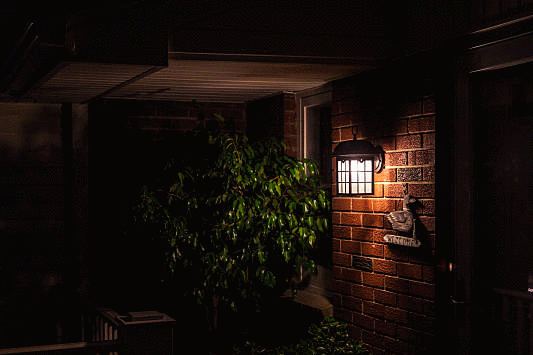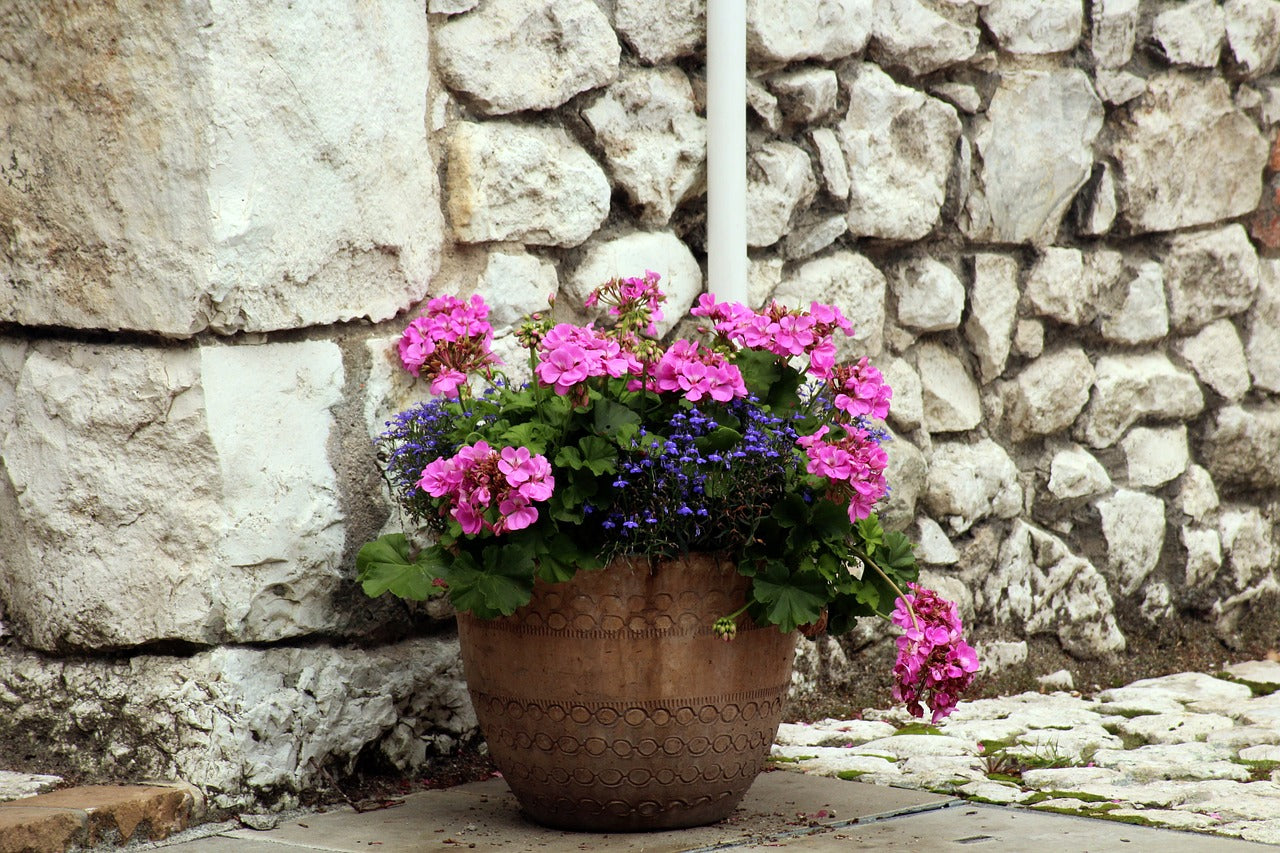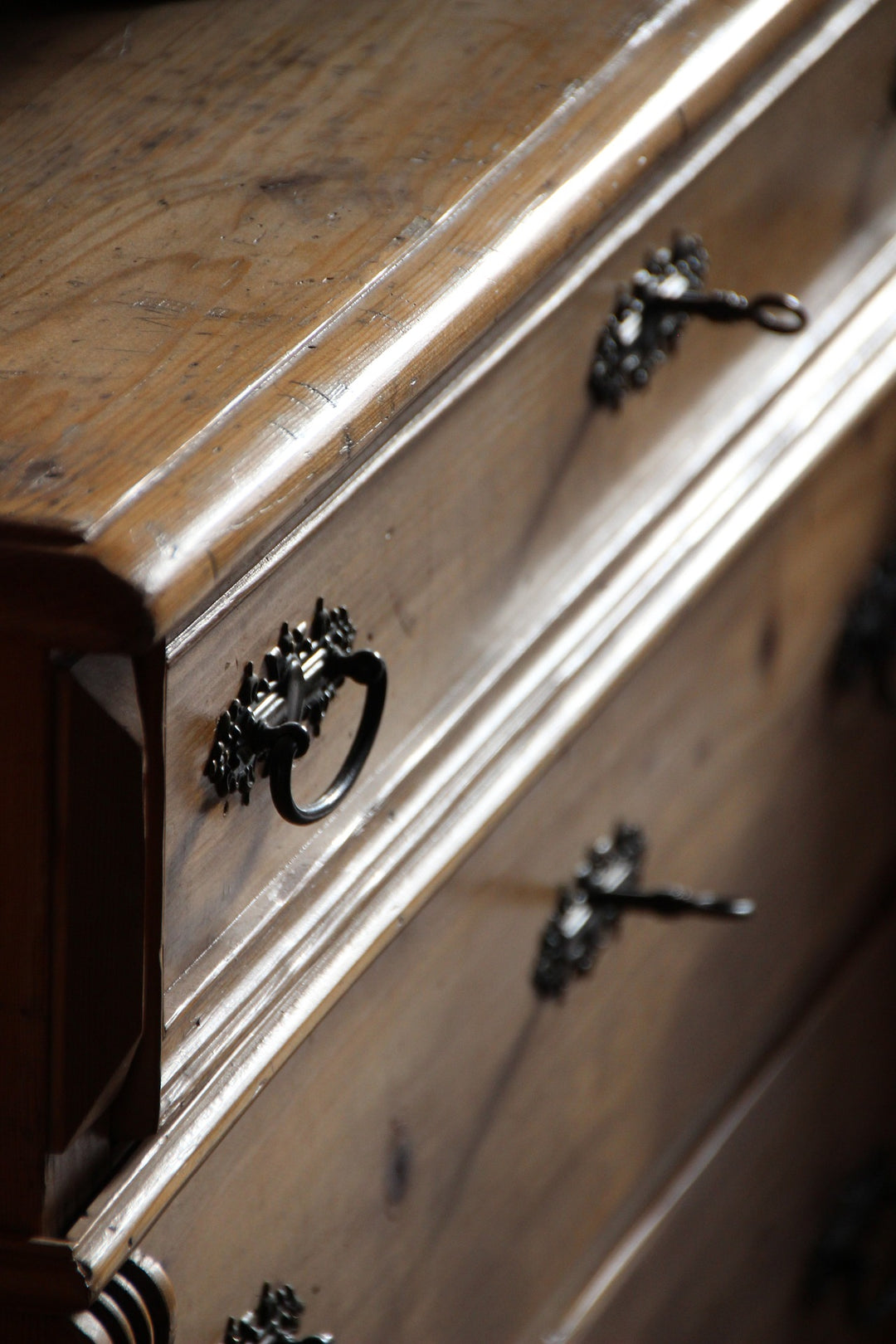Famous Historical Buildings and Their Hardware Features
Historical buildings stand as enduring testaments to the ingenuity, creativity, and craftsmanship of civilizations past. These architectural marvels not only tell stories of bygone eras but also showcase remarkable hardware features that have stood the test of time. From majestic castles to towering cathedrals, each structure harbors secrets within its walls, from intricate doorknobs to grand chandeliers. In this article, we embark on a journey to explore some of the world's most famous historical buildings and unravel the allure of their iconic hardware features.

The Pantheon, Rome, Italy
Standing proudly in the heart of Rome, the Pantheon is a symbol of ancient Roman engineering prowess. Built in 126 AD by Emperor Hadrian, this architectural masterpiece boasts a breathtaking dome that remains the largest unreinforced concrete dome in the world. At its apex lies the Oculus, a circular opening that serves as the building's only source of natural light. The Pantheon's bronze doors, adorned with intricate patterns and motifs, are a testament to the skilled craftsmanship of ancient metalworkers.

The Hagia Sophia, Istanbul, Turkey
Originally constructed as a Byzantine cathedral in the 6th century, the Hagia Sophia has undergone various transformations throughout its storied history. One of its most striking features is the opulent chandeliers that adorn its vast interior. These magnificent fixtures, adorned with countless crystals and jewels, illuminate the sacred space with a soft, ethereal glow. Additionally, the Hagia Sophia's intricately carved wooden doors, embellished with geometric patterns and floral motifs, reflect the influence of both Byzantine and Islamic artistic traditions.

The Palace of Versailles, Versailles, France
A symbol of royal grandeur and extravagance, the Palace of Versailles is renowned for its opulent architecture and lavish interior design. One of its most iconic hardware features is the Hall of Mirrors, a magnificent gallery adorned with 357 mirrors that reflect the surrounding opulence in a dazzling display of light and luxury. The palace's ornate door handles, crafted from gilded bronze and adorned with intricate designs, offer a glimpse into the exquisite craftsmanship of the French artisans who contributed to its construction.

The Taj Mahal, Agra, India
Widely regarded as a masterpiece of Mughal architecture, the Taj Mahal is a monument to love and devotion. Its shimmering white marble facade is adorned with intricate inlaid designs crafted from precious stones, including jade, lapis lazuli, and turquoise. The Taj Mahal's ornate brass door knockers, shaped like mythical creatures and adorned with floral motifs, serve as both functional hardware and exquisite works of art, welcoming visitors to explore its timeless beauty.

The Forbidden City, Beijing, China
A symbol of imperial power and prestige, the Forbidden City is a sprawling complex of palaces, temples, and courtyards that served as the seat of Chinese emperors for nearly 500 years. Its imposing wooden doors, adorned with elaborate carvings and painted with vibrant hues, offer a glimpse into the rich artistic heritage of imperial China. Additionally, the Forbidden City's intricate door studs, crafted from brass and embellished with auspicious symbols, serve as decorative accents that add to the splendor of its architectural design.

The Alhambra, Granada, Spain
Perched atop a hill overlooking the city of Granada, the Alhambra is a testament to the beauty of Islamic architecture. Its intricate stucco carvings, geometric tilework, and ornate wooden ceilings are a feast for the senses, evoking a sense of wonder and awe. The Alhambra's brass door handles, shaped like intricate arabesques and adorned with delicate filigree, reflect the exquisite craftsmanship of Moorish artisans who contributed to its construction.

The Colosseum, Rome, Italy
As one of the most iconic symbols of ancient Rome, the Colosseum stands as a testament to the ingenuity and engineering prowess of the Roman Empire. Its massive stone arches and towering columns are marvels of architectural design, while its intricate ironwork grilles and gates once controlled the flow of spectators entering and exiting the arena. Despite centuries of wear and tear, the Colosseum's hardware features remain a testament to the enduring legacy of Roman craftsmanship.

Historical buildings offer a window into the past, allowing us to glimpse the architectural achievements of civilizations long gone. From the towering domes of ancient Rome to the shimmering marble facades of the Mughal Empire, these structures are not only feats of engineering but also showcases of exquisite craftsmanship. By exploring their iconic hardware features, we gain a deeper appreciation for the artistry and ingenuity of the artisans who contributed to their creation. As these architectural gems continue to inspire awe and wonder in the modern world, they serve as reminders of the enduring legacy of human creativity and innovation.



























